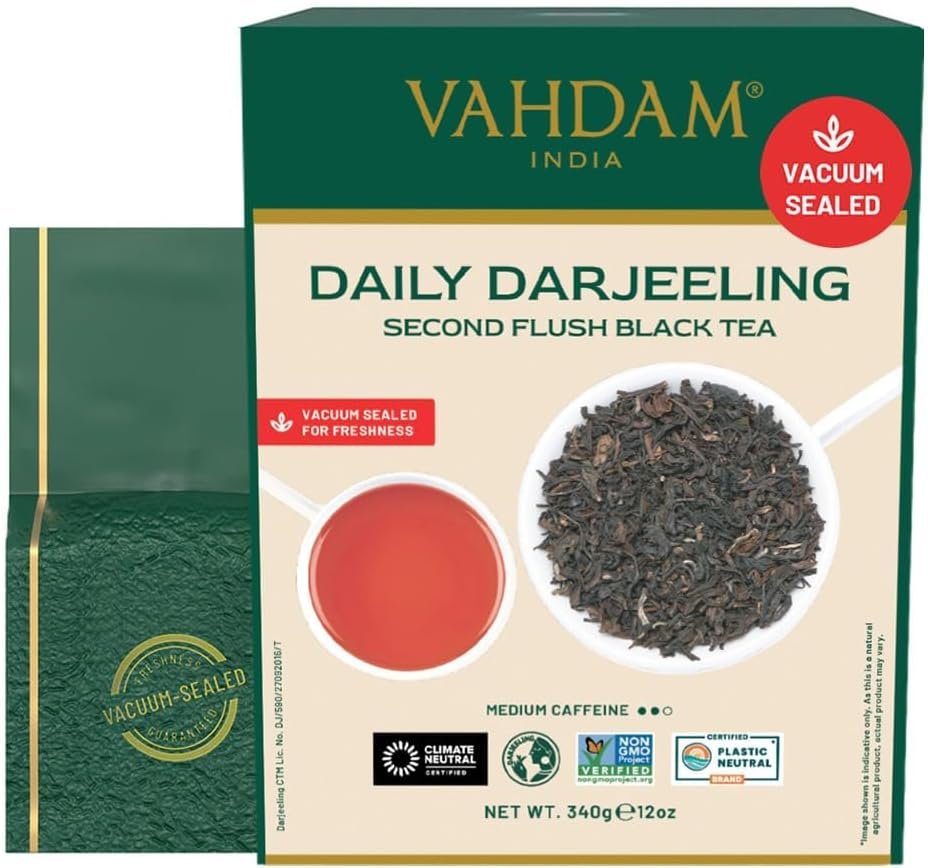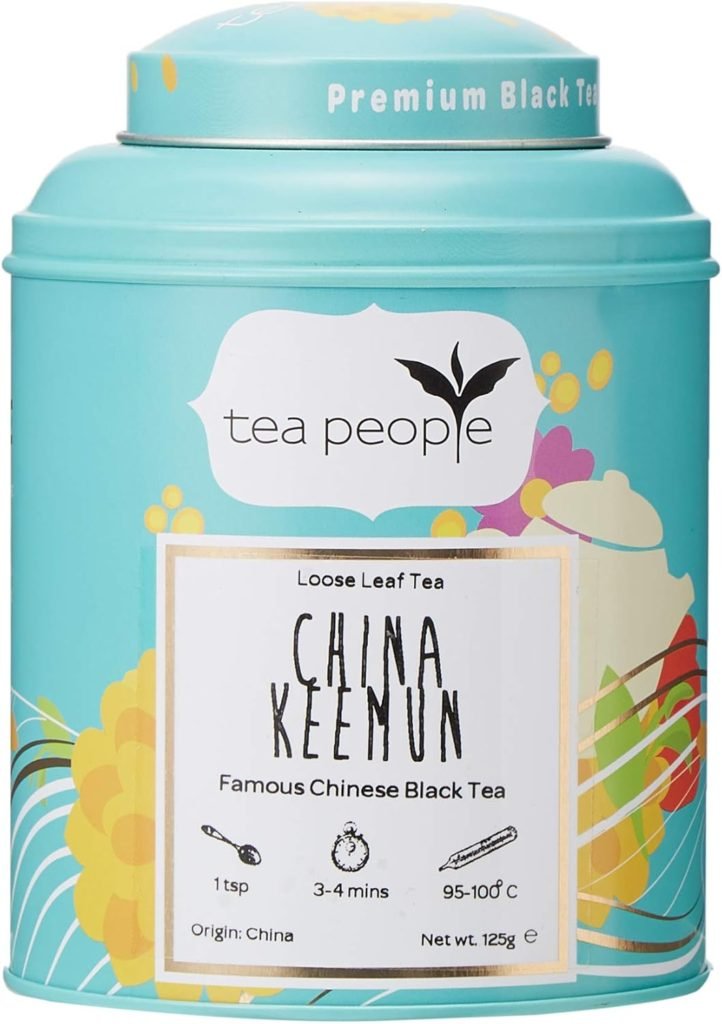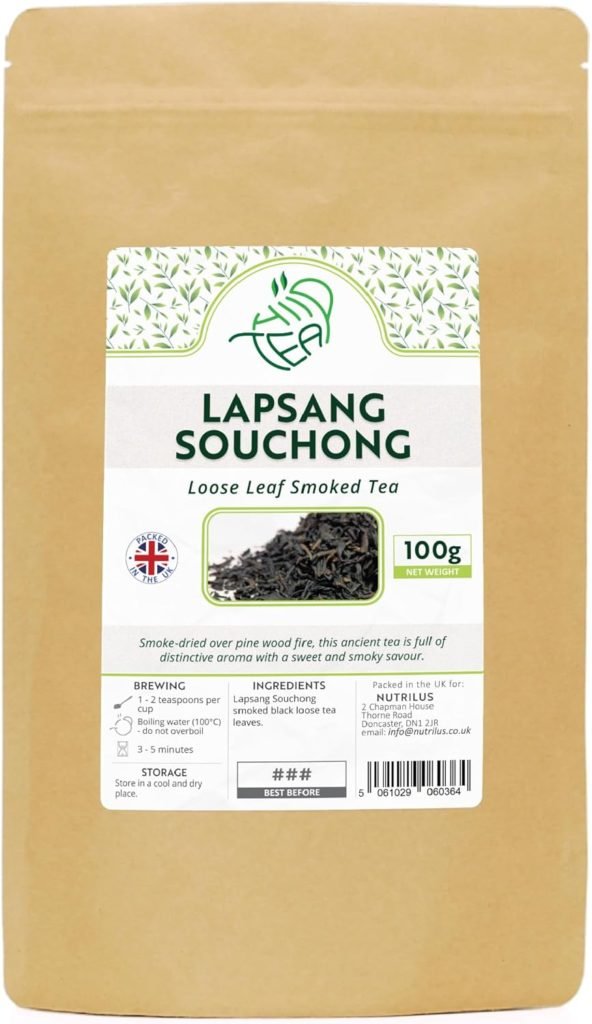Black tea is the term used to describe a variety of tea that undergoes a more extensive oxidation process than green, oolong and white teas. All of these tea varieties are actually made from the leaves of the Camellia sinensis plant, with black tea generally exhibiting a stronger flavour and containing more caffeine than the other varieties.
In China and other counties with a similar linguistic culture, tea commonly goes by the name “crimson tea”, which is a more accurate description of its colour. The name black tea is still appropriate however, since it could be used to refer to the colour of the oxidized tea leaves. The term “black tea” is also commonly used in China to describe various post-fermented teas, among them Pu-erh tea. In other countries-particularly in the West-“red tea” is commonly used to describe rooibos, which is a South African herbal tea or tisane.
This tea can actually hold its flavour for up to several years, as opposed to green teas, which typically lose their flavour within a year. This is the main reason why it is a popular item of trade, and why compressed blocks of black tea have even been used as a form of currency in countries such as Mongolia, Tibet, and Siberia well into the 19th century. Black tea was even used in Tang Dynasty China as a cloth dye by the lower classes who could not afford the higher quality dyes available at that time.
The tea that was originally imported to Europe from China was of the green or semi-oxidized variety. It wasn’t until the 19th century that black tea overtook green tea in popularity, and while green tea has enjoyed a sort of revival in recent years due to its reported health giving benefits, black tea still reigns as one of the most popular teas around, accounting for more than ninety percent of all the tea sold in the West.
In certain cultures, the term “black tea” is also used to refer to tea served without milk, in the same manner that “black coffee” is served without milk or cream.
When buying loose-leaf tea, make sure it smells fresh and vibrant. Check the packet labels to check whether you’re buying a blend or single variety. If buying flavoured tea, check whether the flavouring is natural or a ‘nature-identical’ synthetic. For example, Earl Grey tea flavoured with bergamot oil is far superior to Earl Grey tea with bergamot flavouring.
Black teas are graded by their leaf size, from whole leaf, to ‘broken’ and ‘fannings’, down to ‘dust’. The leaf grade will determine the tea’s brewing time: the smallest leaves are used in teabags because they brew very quickly. All grades can produce fine tea, albeit in different styles ranging from light and delicate to full-bodied.
Black tea varieties include:
Souchong – a general term for large-leaf black teas from China.
Assam – a black tea from India, valued for its rich golden colour and strong, malty flavour that stands up well to the addition of milk.
Darjeeling – a fragrant, light Indian tea that’s one of the finest black teas in the world, and is sometimes described as ‘The Champagne of Teas’. First flush (early-season) pickings are the most delicate and prized. Second flush pickings have a denser, fuller flavour. At the very top end, the tea is sold by the name of specific estates. Drink it with lemon so as not to mask the fine taste.
Nilgiri – a fine black tea from a region in southern India of the same name. It has a good colour and well-rounded flavour and can be served with or without milk.
Lapsang Souchong – a large-leaf black Chinese tea that has been smoke-dried to produce a tarry taste. It is best drunk without milk, sugar or lemon.
Earl Grey – a black Chinese tea flavoured and scented with oil of bergamot. It’s best drunk alone or with a slice of lemon.
Keemun – a black China tea with a nutty, fragrant flavour that can be served either with or without milk.
Tip: Tea has a long shelf-life, but both leaf tea and teabags should be stored in an airtight container or canister in a cool, dark place in order to preserve the original flavour for as long as possible.
Ninety percent of all tea sold in the U.S today is black tea. Most of the black tea in the modern U.S. is produced primarily in China and India. In England, tea consumption per person is roughly 2 kilos or 4.4 pounds each year. Globally, tea sales are in the billions of dollars every year, and according to Statistica, “the global tea market was valued at nearly 50 billion U.S. dollars in 2017 and is expected to rise to over 73 billion dollars by 2024.” No matter if you’re a passionate tea drinker or a passionate tea avoider, there’s no denying how valuable the tea industry has been and will continue to be for the world economy.
Source: Ezine , Revolution Tea
I’ve provided a few Amazon affiliate links below for several teas










